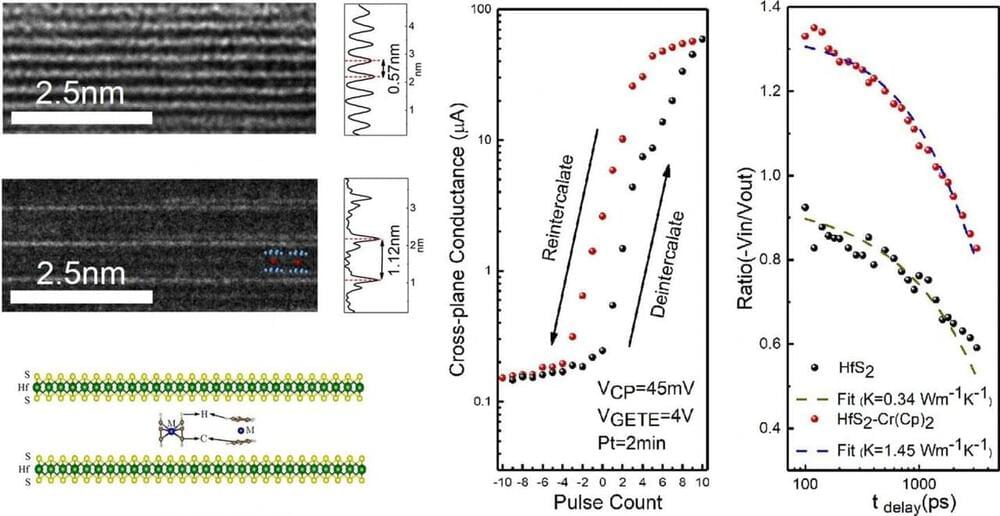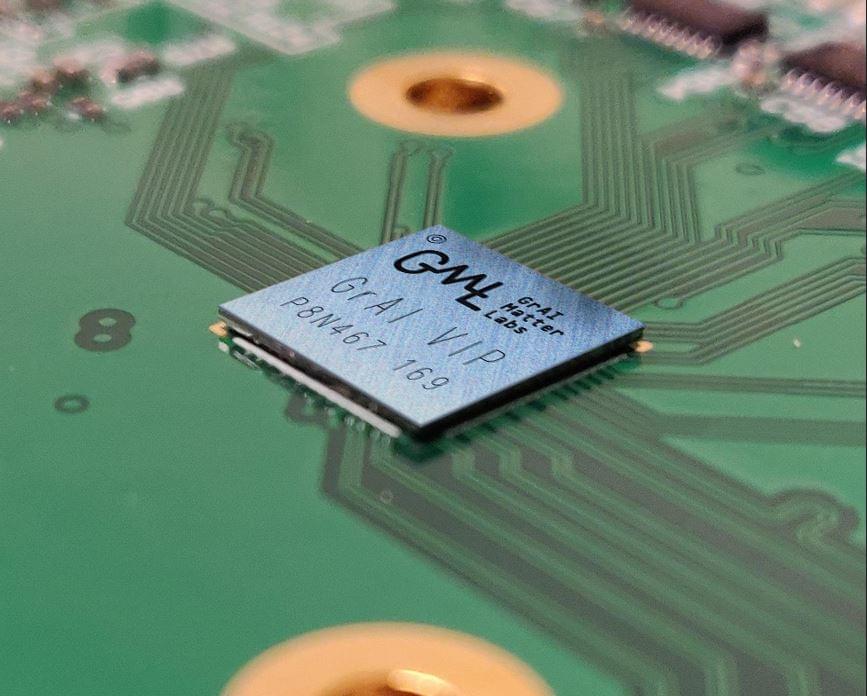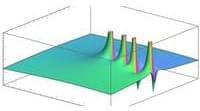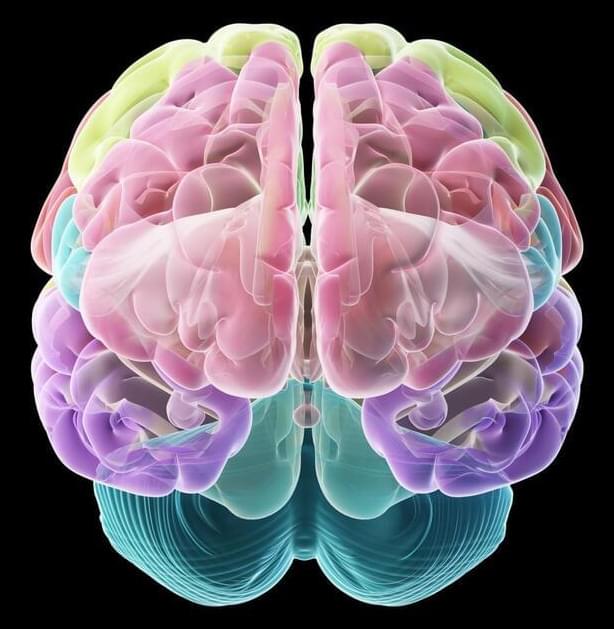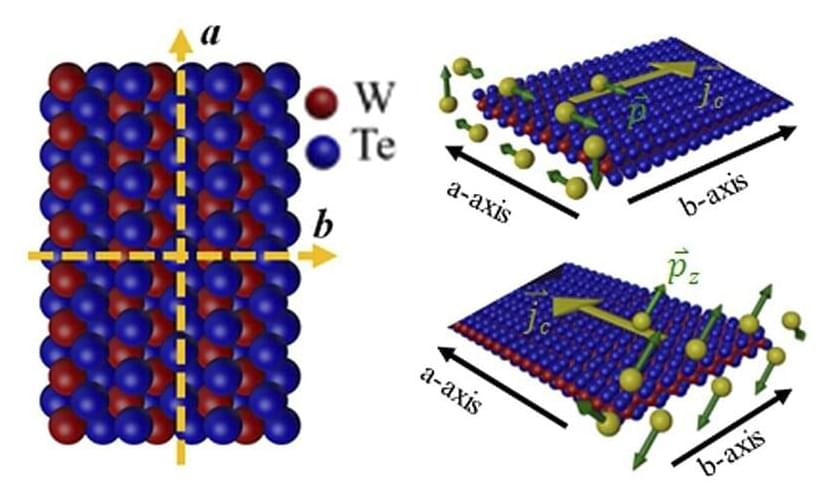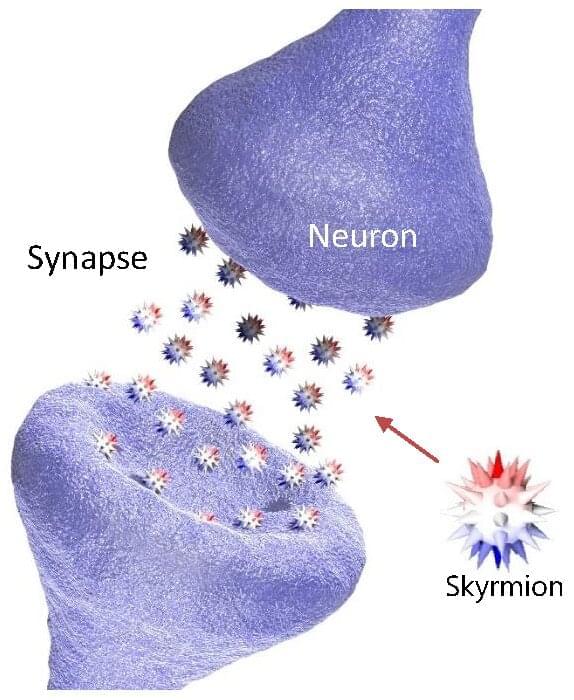Wearable human-machine interface devices, HMIs, can be used to control machines, computers, music players, and other systems. A challenge for conventional HMIs is the presence of sweat on human skin.
In Applied Physics Reviews, scientists at UCLA describe their development of a type of HMI that is stretchable, inexpensive, and waterproof. The device is based on a soft magnetoelastic sensor array that converts mechanical pressure from the press of a finger into an electrical signal.
The device involves two main components. The first component is a layer that translates mechanical movement to a magnetic response. It consists of a set of micromagnets in a porous silicone matrix that can convert the gentle fingertip pressure into a magnetic field variation.
